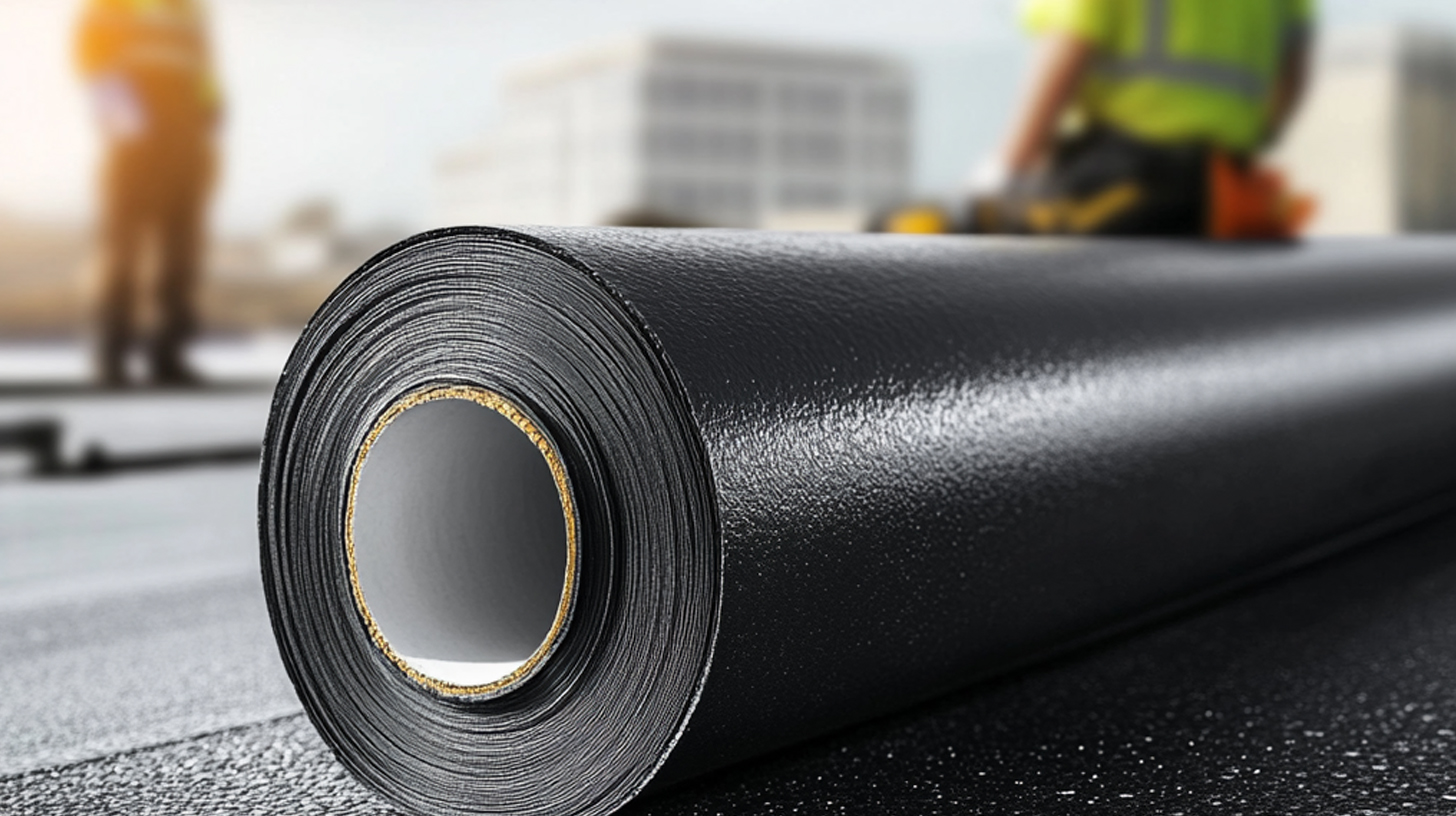When it comes to selecting the right roofing material for your commercial property in Corpus Christi, making an informed decision is crucial. The unique climate of this coastal city presents specific challenges that directly impact the longevity and performance of roofing systems. Understanding the importance of roofing choices can save businesses significant time and expense in the long run.
Commercial roofing materials must be chosen with care, as they need to withstand harsh weather conditions such as high humidity, strong winds, and occasional hurricanes. These environmental factors can lead to premature wear and tear if inappropriate materials are used. Therefore, considering climate impact on roofs is essential when evaluating your options.
Moreover, business roofing needs often differ from residential requirements due to larger surface areas and varying structural demands. It’s vital to select materials that not only provide durability but also offer energy efficiency and cost-effectiveness over time. By prioritizing these aspects, businesses can ensure their investments are protected while maintaining a safe environment for employees and customers alike.
Metal Roofing: Durability and Efficiency for Coastal Climates
When it comes to choosing roofing materials for coastal climates, metal roofs stand out as a top contender due to their exceptional durability and efficiency. Coastal environments present unique challenges such as high humidity, salt exposure, and strong winds that can significantly impact the longevity of traditional roofing materials. Metal roofs, particularly those made from aluminum and steel, are designed to withstand these harsh conditions.
One of the primary benefits of coastal metal roofing is its impressive durability. Aluminum and steel roofs are resistant to corrosion, which is crucial in salty air environments where rust can be a significant issue for other materials. This resistance ensures that metal roofs maintain their structural integrity over time, providing reliable protection against the elements.
In addition to their robustness, metal roofs contribute to energy efficiency—an important consideration in regions with intense sunlight. These roofing systems reflect solar radiant heat rather than absorbing it, reducing cooling costs during the hot summer months. This reflective property makes aluminum and steel roofs an eco-friendly choice that can lead to substantial energy savings over time.
Furthermore, modern advancements in coating technologies have enhanced the performance of metal roofing even further by offering additional layers of protection against UV rays and moisture ingress. These coatings not only extend the lifespan of the roof but also offer aesthetic versatility with a range of colors and finishes available.
In summary, for homeowners in coastal areas looking for a reliable roofing solution that combines durability with energy efficiency, metal roofs provide an ideal option. With benefits like corrosion resistance and solar reflectivity offered by aluminum and steel options, they ensure both long-term savings and peace of mind amidst challenging environmental conditions.
TPO Roofing: Cost-Effective and Energy-Saving Solutions
TPO roofing, or thermoplastic polyolefin, is rapidly gaining popularity as a cost-effective and energy-efficient solution for commercial buildings. One of the primary advantages of TPO roofs is their ability to offer both durability and affordability, making them an attractive option for businesses looking to optimize their roofing investments.
A standout feature of TPO roofing is its reflective surface. This characteristic plays a significant role in energy savings by reflecting sunlight rather than absorbing it. This reflection helps to reduce the heat buildup on the roof’s surface, leading to lower cooling costs during hot weather—a crucial benefit for large commercial spaces.
In addition to energy efficiency, TPO roofs are known for their resistance to environmental stressors such as UV rays and chemical exposure. This resilience contributes to their longevity and reduces maintenance costs over time. As a result, businesses can enjoy a reliable roofing system that stands up well against the elements without frequent repairs or replacements.
Overall, when considering affordable commercial roofing options, TPO offers an excellent balance between initial cost savings and long-term benefits. Its combination of thermoplastic polyolefin advantages makes it an ideal choice for those seeking both economic and environmental efficiency in their building projects.
PVC Roofing: Superior Chemical Resistance and Longevity
When it comes to selecting roofing materials for commercial buildings, the choice often hinges on durability and resistance to environmental factors. PVC membrane roofing stands out as an exceptional option due to its superior chemical resistance and longevity. One of the primary benefits of a PVC membrane roof is its ability to withstand exposure to a wide range of chemicals, making it an ideal solution for facilities that may encounter harsh substances, such as manufacturing plants or warehouses.
The chemical-resistant properties of PVC roofs are attributed to their unique composition. Unlike other roofing materials that may degrade over time when exposed to chemicals or pollutants, PVC membranes maintain their integrity, providing a reliable barrier against potential damage. This makes them particularly suitable for environments where chemical spills or emissions are a concern.
In addition to their chemical resistance, PVC roofs are renowned for being one of the most durable commercial roof materials available. They exhibit excellent performance in various weather conditions, from intense sunlight and UV exposure to heavy rain and snow. This resilience translates into long-lasting roofing solutions that require minimal maintenance over their lifespan.
For businesses seeking cost-effective and dependable roofing options, investing in a PVC membrane roof offers significant advantages. Not only do these roofs provide peace of mind with their robust protection against chemicals and environmental elements, but they also contribute to lower long-term maintenance costs due to their durability. As more industries recognize the value of sustainable building practices, PVC roofing continues to gain popularity as an effective solution for modern commercial structures.
EPDM Roofing: Adaptability and Weather Resistance in Diverse Conditions
EPDM rubber roofs have become a leading choice for commercial properties, particularly in regions with challenging weather conditions like Corpus Christi. Known for their exceptional durability, EPDM (ethylene propylene diene terpolymer) rubber roofs provide a versatile and reliable solution that stands up to the elements.
One of the key attributes of EPDM roofing is its remarkable weather resistance. This material can withstand extreme temperatures, from scorching heat to freezing cold, making it ideal for areas prone to fluctuating climates. In Corpus Christi, where the climate can swing between intense sun and heavy rainfall, having a roof made from weather-resistant materials is crucial. EPDM’s ability to resist UV radiation means it won’t degrade quickly under the relentless Texas sun, ensuring longevity and reducing maintenance costs.
Moreover, EPDM roofing systems are highly adaptable. They can be easily customized to fit various roof shapes and sizes, providing an effective seal against leaks and water damage—an essential feature given Corpus Christi’s susceptibility to storms and high humidity levels. The flexibility of this material allows it to expand and contract with temperature changes without cracking or losing integrity.
For commercial property owners seeking adaptable commercial roof solutions that promise resilience against diverse weather conditions, EPDM rubber roofs offer an excellent balance of performance and cost-effectiveness. By choosing this robust roofing option, businesses can ensure their buildings remain protected throughout the year while also benefiting from reduced energy costs due to its insulating properties.
Sustainable Options: Green Roofs and Their Benefits to Businesses
As businesses in Texas increasingly prioritize sustainability, green roof systems are emerging as a compelling option for eco-friendly commercial buildings. These innovative roofing solutions offer a range of benefits that not only enhance the environmental profile of a business but also contribute to its bottom line.
One of the primary advantages of sustainable roof options in Texas is their ability to significantly reduce energy costs. Green roofs provide excellent insulation, helping to maintain stable indoor temperatures and reducing the need for excessive heating or cooling. This energy efficiency translates into lower utility bills, which is particularly beneficial in Texas’s hot climate.
Moreover, green roof systems contribute to improved air quality by filtering pollutants and carbon dioxide out of the air while releasing oxygen back into the environment. This not only benefits employees and customers by creating a healthier atmosphere but also enhances a company’s reputation as an environmentally responsible entity.
Additionally, these roofs can effectively manage stormwater runoff, reducing the burden on local drainage systems and minimizing flood risks during heavy rains—a common occurrence in many parts of Texas. By absorbing rainwater, green roofs help prevent water pollution and erosion.
Incorporating green roofs into commercial buildings also presents an opportunity for businesses to create aesthetically pleasing spaces that can be used as recreational areas or gardens for employees and visitors. This can improve employee satisfaction and well-being while offering unique marketing opportunities that highlight a company’s commitment to sustainability.
Overall, adopting green roof systems offers numerous advantages for businesses looking to align with eco-friendly practices while reaping financial and operational rewards. As more companies recognize these benefits, sustainable roof options are set to become an integral part of Texas’s commercial landscape transformation.







